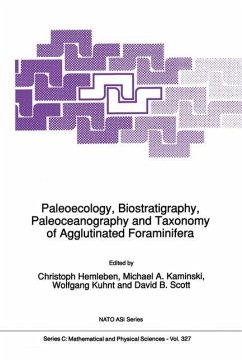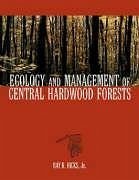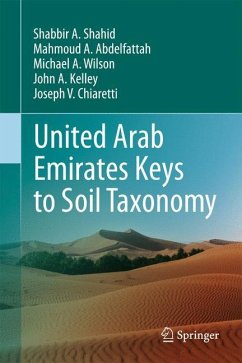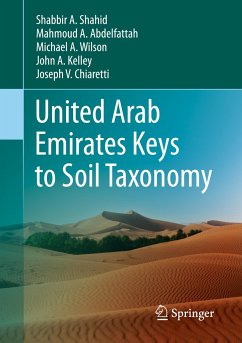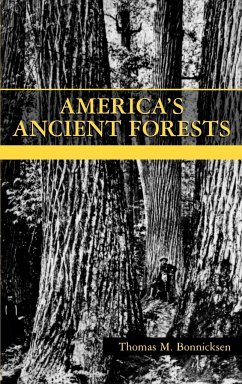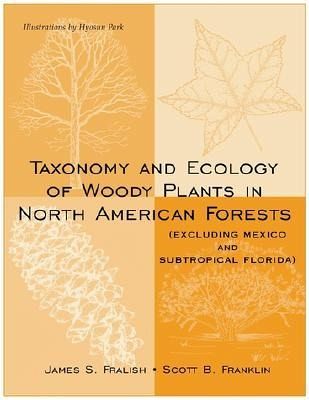
Taxonomy and Ecology of Woody Plants in North American Forests
(Excluding Mexico and Subtropical Florida)
Versandkostenfrei!
Versandfertig in über 4 Wochen
210,99 €
inkl. MwSt.

PAYBACK Punkte
105 °P sammeln!
Thorough, detailed dendrological coverage of North American trees, shrubs, and vines This comprehensive field guide/procedural handbook provides extraordinarily detailed descriptions of trees, shrubs, and vines of North American forests. Written at a more detailed level than most field guides, it introduces basic taxonomic concepts and methods and explains the rationale behind taxonomic classification systems. Entries include Latin and common names for each species as well as physical descriptions at various levels of maturity and for different seasons. Also noted are regional and state distri...
Thorough, detailed dendrological coverage of North American trees, shrubs, and vines This comprehensive field guide/procedural handbook provides extraordinarily detailed descriptions of trees, shrubs, and vines of North American forests. Written at a more detailed level than most field guides, it introduces basic taxonomic concepts and methods and explains the rationale behind taxonomic classification systems. Entries include Latin and common names for each species as well as physical descriptions at various levels of maturity and for different seasons. Also noted are regional and state distributions, soil conditions, cover types, shade tolerances, and common diseases and pests. This remarkably thorough and reliable reference includes: * Detailed descriptions of more than 800 species * Hundreds of additional varieties and cultivars * 550 exquisitely detailed line drawings of leaves, bark, fruit, and seeds * Broad coverage of commercial and noncommercial species * An emphasis on the silvical features of each species * A unique section on forest community ecology and cover types * The new North American Classification System Well-organized and practical, this authoritative guide is an immensely useful resource for foresters, wildlife and field biologists, naturalists, environmental scientists, and land managers.







